Teens frequently see conspiracy theories online, and the games that teach media literacy
Teens work on an activity during MisinfoDay 2024, an annual event put on by the University of Washington's Center for an Informed Public, that shares resources with high school students about media literacy. Photo by University of Washington, Information School
Pittsburgh Post-Gazette
It’s not just your coworker or socially awkward uncle who is now prone to believe the earth is flat or in the existence of a deep state: A new survey from the nonprofit the News Literacy Project found that 81% of teens believe at least one conspiracy theory.
The Oct. 21 study, looking at a representative sample of 1,110 teens ages 13 to 18, found that half see conspiracy theories online once a week or more, and most are not able to accurately distinguish between different kinds of news and information sources, like op-eds and news articles.
The results are part of a growing trend of both intentional (disinformation) and unintentional false information (misinformation) being spread online, leading to a rise in conspiracy theories intertwined with politics, health and science, and accompanied by the crumbling of traditional journalism models.
There’s evidence, too, that information overload can increase anxiety, depression and feelings of helplessness.
Because of this changing landscape, it’s crucial for students to be taught media literacy skills, said Kim Bowman, senior manager of research at the News Literacy Project and a coauthor on the study, in a news release about the report.
PLUS, VISIT LOKI’S LOOP AT THE CENTER FOR AN INFORMED PUBLIC AT THE UNIVERSITY OF WASHINGTON
ADDITIONAL NEWS FROM THE INTEGRITY PROJECT




